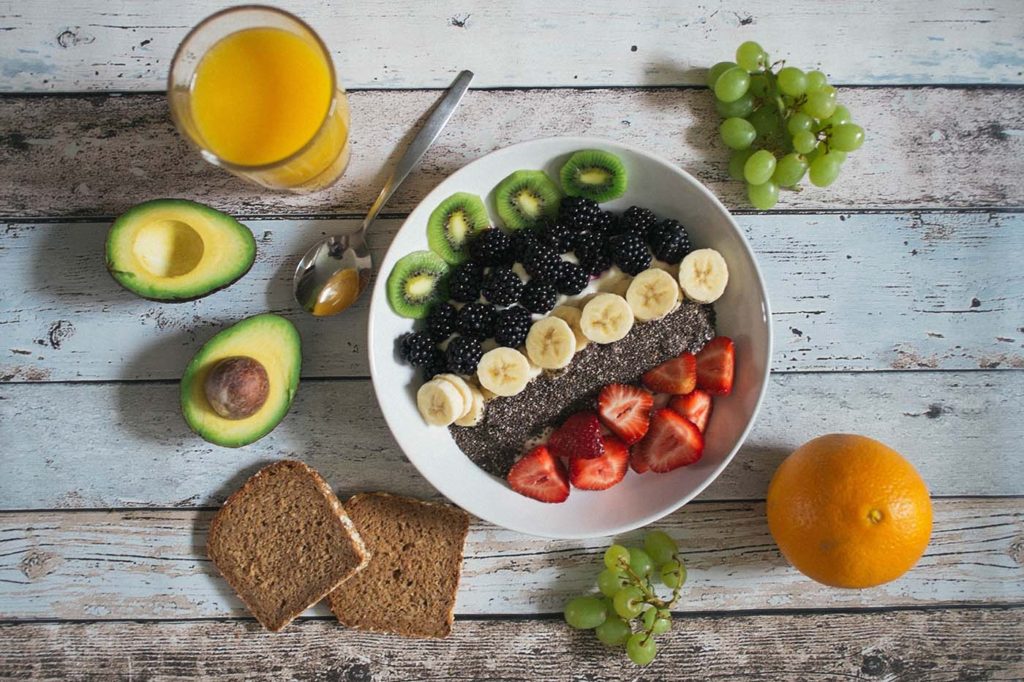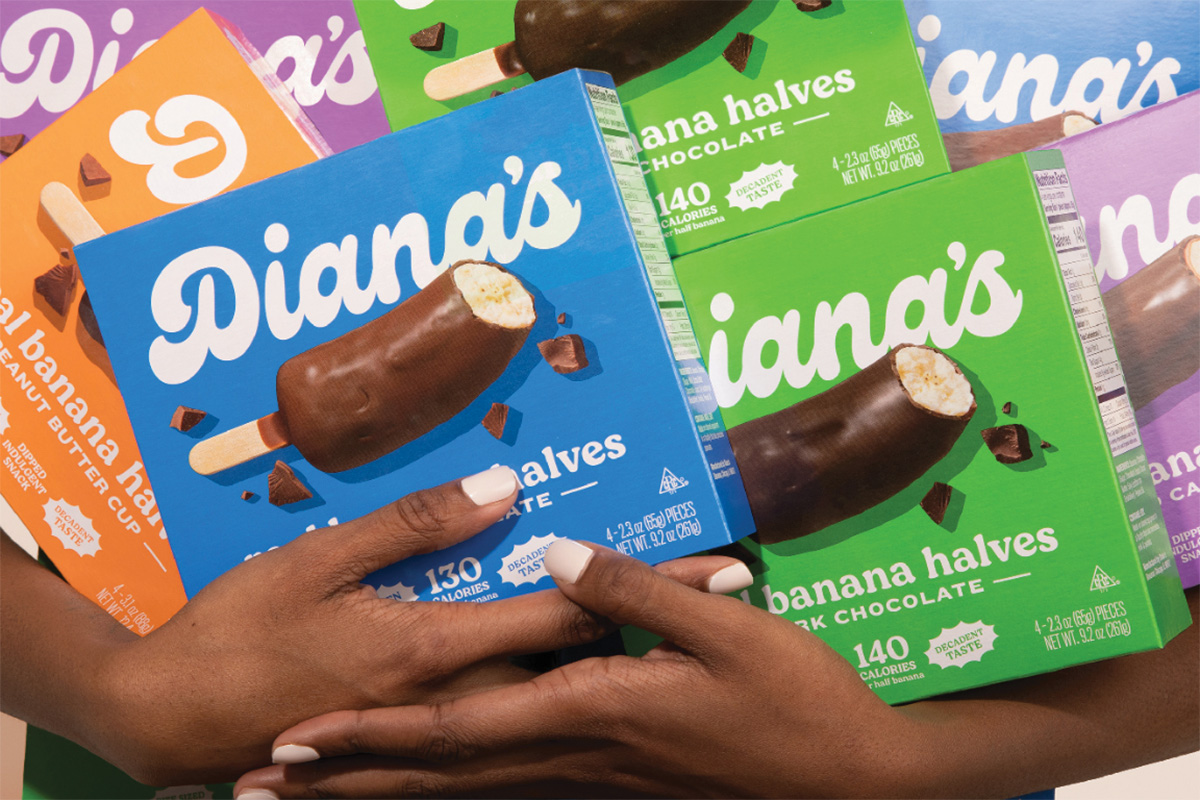How “Health Halos” Might Sabotage Your New Year Goals
With the New Year in mind, many resolutioners may ditch “diets” in favor of “healthy” choices. However, defining healthy these days can be a challenging task. There’s candy labeled “organic,” paleo snack bars loaded with calories, gluten-free this and that, smoothies with as much sugar as a can of Coke — the list goes on and on!
Lately, I’ve noticed an interesting phenomenon around products labeled or perceived as being “healthy.” Perhaps this sounds familiar…?
“This cupcake can’t be all that bad, it’s organic after all…”
“It’s healthy, so why not have second helpings?”
“I had a salad for lunch, so why not have a cookie… or two?”
People tend to justify eating more food when they think it’s healthy! Believe it or not, these types of products have been identified as having a “health halo.” Health halos are foods that people perceive as healthy. Sometimes they do have health benefits, but it’s primarily the belief that they are healthy which drives people to overeat. And the really crazy part? People report feeling less satisfied after eating these health halo foods.

As it turns out, the reputation of a food item makes a big difference in not only how much we eat, but also how much we think we eat. For example, fast-food goers underestimated the calorie content of a healthy sandwich compared to an unhealthy sandwich. The seemingly “healthy” option had been marketed for years as a fresh alternative, whereas the “unhealthy” option was from a standard burger joint. When asked, people thought the “healthy” sandwich was about 20 percent lower in calories than the “unhealthy” sandwich, despite the options being equal in caloric content.
In another example, two sandwiches were dished out (one healthy and one unhealthy) to see if a health halo would influence choice of side dish. The healthy sandwich was actually higher in calorie content than the unhealthy option. Shockingly, the participants with the “healthy” sandwich also ordered higher calorie side dishes while underestimating the meal’s total calorie count by a whopping 52 percent. Conversely, the “unhealthy” meal was only underestimated by seven percent, and less food was eaten overall.
Food labeling not only influences how much we eat, but it also affects how tasty and satisfying we find the food too. For example, snackers tend to feel hungrier after eating a snack labeled as “healthy.” When given the option of identical trail mixes labeled as either “fitness trail mix” or just “trail mix,” snackers loaded up on 76 more calories per serving of the “fitness” trail mix. The result? Eating more than you need — and perhaps still wanting more.
As the research shows, even just believing that a food is healthy can prompt some impressive mental gymnastics. So what can you do to outsmart the health halo?
- Plan it out. Have at least a loose idea of what you want to eat before you hit the grocery store (consider days you plan on eating out too). This will make it easier to stay on track.
- Look past health claims — most of this is a mix of marketing and government regulation. Instead, prioritize foods with no labels: fruits, vegetables, nuts and lean meats.
- Focus on taste. Opt for choices that are not just healthy, but tasty too. Chances are if you really enjoy your meal, you’ll also find it satisfying.
- Keep an eye on portions. Repeat after me… too much of a good thing will still fill out your jeans.
- Track it! There are countless apps that can help you gain some perspective on calorie intake and the overall quality of the foods you choose. I like Cron-o-meter in particular, as this app shows information on a wide range of micronutrients. I use this app daily when coaching clients by commenting on entries, building customized meal plans and sharing my favorite recipes.
Taking steps to eat healthier in the New Year should be applauded, but don’t let health halos fool you in 2018.
What health halos have you fallen for in the past?












